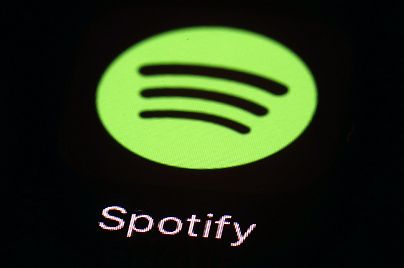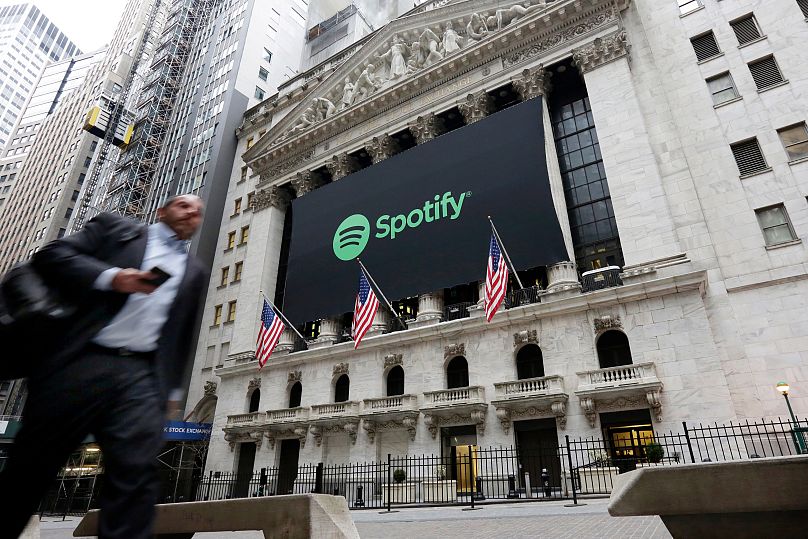As Daniel Ek and Martin Lorentzon announce their grand ambitions for the next ten years of Spotify, we look at what made the app such a success.
Spotify’s founders have said they want one billion people using their music streaming service by 2030.
Co-founder Daniel Ek also said their goal was a $100 billion turnover within 10 years, which would mean a tenfold increase in their revenues.
It’s a pretty lofty goal, but one that doesn’t sound impossible for the near ubiquitous music streamer.
But how did we get here?
A short history of Spotify
In 2021, Spotify had a turnover of €9.6 billion and counted 422 million users by the end of the first quarter of this year.
It’s a massive achievement for its two founders, Ek and Martin Lorentzon, two Swedish entrepreneurs, who started the company on their own in 2006.
As sales of physical music were dropping off in the mid-2000s, the music industry was in a bind. Illegal peer-to-peer music sharing had been facilitated by services like Napster and Limewire and the music industry was struggling to keep up with the internet.
At around the same time, Apple launched iTunes, which allowed users to buy their music digitally.
But Ek and Lorentzen had seen the model of the illegal file sharing sites and loved the freedom of having all the music you wanted readily accessible. They didn’t want to just be able to buy all their music individually again. They wanted something different.
So Spotify was created. A legal form of what Napster had offered, with seamless streaming capability.
Users would be able to listen immediately to the songs they wanted to without waiting for a download, and they’d have a limitless library to choose from.
It may seem obvious now, but in 2006, that was revolutionary.
Ek believed that if there was no lag in listening to the songs, people would be willing to pay a subscription price rather than waiting to download songs illegally.
“I just really believe that if we create the right product, which is better than piracy, that people will come,” he said in 2011.
He was right. A beta was launched in 2007 and the app’s simple layout, focus on playlists and seamless experience made it a quick success. Launching in the UK in 2010 and the US in 2011, users flooded in and the company has never looked back.
What’s next for Spotify?
Jump ahead to 2022 and Spotify is the biggest player in the music streaming market.
Despite competitors for its seamless streaming service popping up from Amazon, Apple and Tencent, no one has as big a slice of the pie as Spotify which cornered 31 per cent of the market to themselves.
With the goal for one billion users by 2030, Spotify is showing no signs of wanting to slow down.
The streamer has users in 183 countries and has recently invested over $1 billion on podcast makers to add to their music offering.
Podcasting could become a $20 billion opportunity according to director of content and advertising, Dawn Ostroff.
One of the main reasons for the streamer's continued success is that its biggest market is Europe, not the US which has more competition from the tech giants.
When asked whether Spotify was worried about the tech giants of Apple and Amazon using their huge funding to outnumber and outgun the music service, Ek was nonplussed.
“These are formidable companies. No doubt,” he told CNBC. But he notes their specificity as a plus.
“We’re really just focused on audio,” Ek said. “There is a ton of things that these other companies are doing, self-driving cars, whatever other businesses they’re into. And I believe in this day and age that you need to be very, very clear with your brand, what you are for consumers, in order for them to take it up. And the best experience wins. And now we’re adding the best content to that as well. And that’s now Spotify.”













